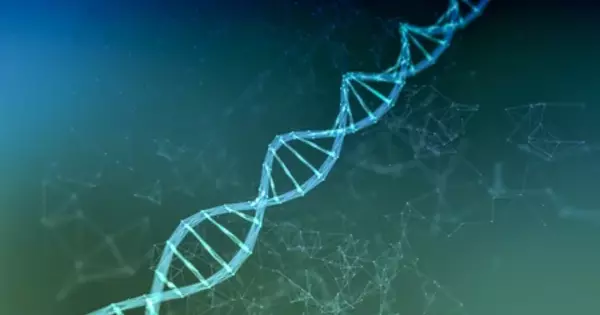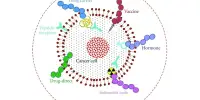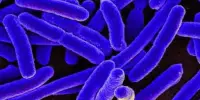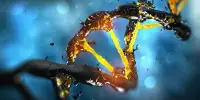As humans delve deeper into the genome, the analysis and interpretation of genomic data collected aids in better understanding of human health and disease while also raising concerns about privacy and ethics. Genomic data science is a field of study that enables researchers to decode the functional information hidden in DNA sequences using powerful computational and statistical methods.
A DNA sequence found in jawed vertebrates such as sharks and humans but absent in jawless vertebrates such as lampreys has been discovered and characterised by researchers at Uppsala University. During embryo development, this DNA is critical for shaping the joint surfaces.
The jawed vertebrate group includes the vast majority of current vertebrate species, including humans. The evolution of articulating jaws during vertebrate evolution was one of the most significant evolutionary transitions from jawless to jawed vertebrates, occurring at least 423 million years ago. The primary jaw joint initially connected the lower and upper jaws. However, during the evolution of mammals, this moved to the middle ear to improve hearing and was replaced by the secondary jaw joint, which is how humans are built today.
We searched through the genome sequences of many different vertebrate species and only found the DNA sequence near the Nkx3.2 gene in jawed vertebrates not in jawless ones. When we injected these DNA sequences from jawed vertebrates into zebrafish embryos, they were all activated in the jaw joint cells.
Tatjana Haitina
The primary jaw joint develops during embryonic development and has an active gene that contains sequence information for a specific protein — transcription factor Nkx3.2. This protein has long been thought to have played a major role in the evolution of this jaw joint, but little was known before about how its gene activity is regulated in the jaw joint cells.
Typically, genes are activated with help from DNA sequences, known as enhancers, that do not contain gene sequence information. Furthermore, such ‘regulatory’ DNA can contribute to the activation of the gene only in a certain cell type and can be conserved among different animal species.
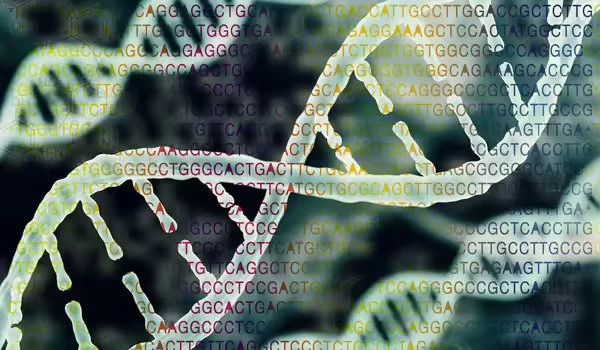
“We searched through the genome sequences of many different vertebrate species and only found the DNA sequence near the Nkx3.2 gene in jawed vertebrates not in jawless ones. When we injected these DNA sequences from jawed vertebrates into zebrafish embryos, they were all activated in the jaw joint cells. The fact that their ability to activate has been preserved for over 400 million years shows how important it is for jawed vertebrates,” notes Tatjana Haitina, a researcher at Uppsala University, who led the study.
“In experiments in which we deleted the newly discovered DNA sequence from the zebrafish genome using the CRISPR/Cas9 technique, we discovered that early activation of the Nkx3.2 gene was reduced, resulting in defects in the jaw joint shape. These defects were later repaired, implying that there is additional regulatory DNA somewhere in the genome that controls the activation of the Nkx3.2 gene and is waiting to be discovered “adds Jake Leyhr, a doctoral student on the research team.
The researchers hope that their discovery is an important step towards eventually understanding the process behind the origins of vertebrate jaws. The study was conducted in collaboration with SciLifeLab’s Genome Engineering Zebrafish and BioImage Informatics units.
